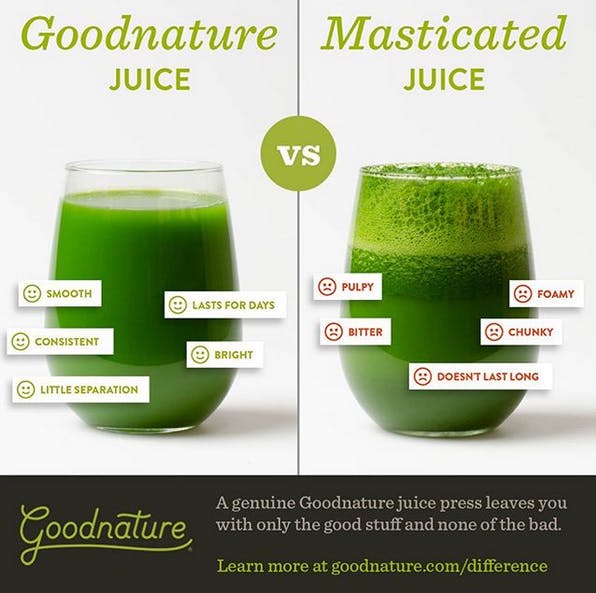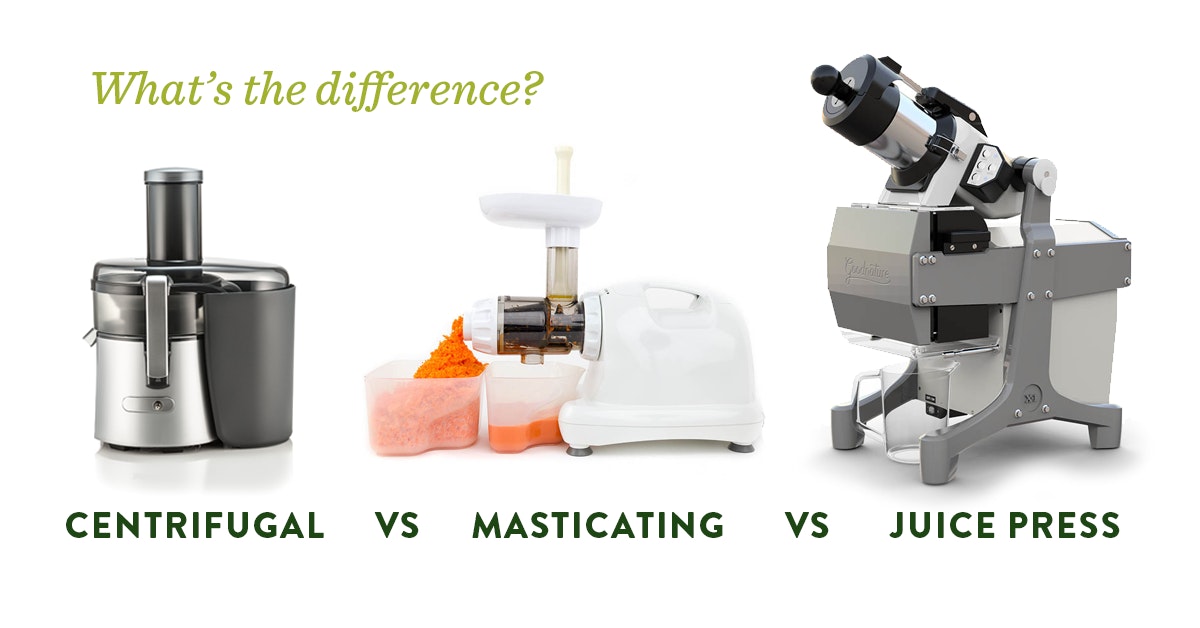Centrifugal and masticating juicers are two of the most popular types of juicers available on the market. But what exactly is the difference between them? In this article, we will discuss the pros and cons of each type of juicer, and how to decide which one is best for you. We will explore the different features of each type of juicer, as well as their advantages and disadvantages. By the end of it, you’ll have a better understanding of the differences between centrifugal and masticating juicers, and be able to make an educated decision about which type of juicer to purchase.
Centrifugal Juicers:
• Use a fast-spinning metal blade to separate juice from flesh
• Quicker and easier to use
• More affordable
Masticating Juicers:
• Use an auger to crush and grind produce
• Produce a higher yield of juice
• Slower process and more expensive
What is the Difference Between Centrifugal and Masticating Juicers?
Juicing has become an increasingly popular way to stay healthy and consume more fruits and vegetables. There are two main types of juicers, centrifugal and masticating, and understanding the differences between them can help you make an informed decision about which one is best for you.
Centrifugal Juicer
Centrifugal juicers are the most common type of juicer and are often the least expensive. They work by using a rapidly spinning blade to chop fruits and vegetables into small pieces and then press them against a mesh filter to extract the juice. The pulp is then discarded. Centrifugal juicers are fast and easy to use, and they are great for making large quantities of juice quickly.
Centrifugal juicers tend to be noisy and can produce a lot of foam, which reduces the nutritional value of the juice. They also tend to be less efficient than masticating juicers, meaning you may need to use more fruits and vegetables to get the same amount of juice.
Masticating Juicer
Masticating juicers are also known as cold press juicers. They work by slowly grinding fruits and vegetables with an auger, which is a rotating screw-like blade. The auger crushes the produce and presses it against a fine mesh filter to extract the juice. Masticating juicers are slower than centrifugal juicers, but they are more efficient, meaning you can get more juice from the same amount of produce.
Masticating juicers also produce less foam and noise than centrifugal juicers. The slow grinding action also helps to preserve the nutritional value of the juice, as the heat generated by centrifugal juicers can damage some of the beneficial vitamins and enzymes.
Size and Price
Centrifugal juicers tend to be smaller and less expensive than masticating juicers. This makes them a great choice if you are on a budget or have limited counter space. Masticating juicers, on the other hand, tend to be larger and more expensive.
Cleaning and Maintenance
Centrifugal juicers tend to be easier to clean than masticating juicers. Since the blades in a centrifugal juicer spin at high speeds, they are able to break down the pulp more effectively and make it easier to rinse away. Masticating juicers are more difficult to clean, as the auger can be difficult to reach and can become clogged with pulp.
Fruit and Vegetable Types
Centrifugal juicers are better suited to soft fruits and vegetables, such as oranges, grapes, and tomatoes. Masticating juicers, on the other hand, can handle hard vegetables such as celery, carrots, and beets more effectively.
Leafy Greens
Centrifugal juicers are not very effective at juicing leafy greens, such as spinach, kale, and wheatgrass. Masticating juicers, on the other hand, are able to extract more juice from these types of produce.
Fiber Content
Centrifugal juicers tend to remove more of the fiber from the produce, resulting in a smooth, juice-like consistency. Masticating juicers, on the other hand, are able to retain more of the fiber, resulting in a thicker, pulpier juice.
Nutrient Retention
Centrifugal juicers produce juice with a shorter shelf life, as the heat generated by the rapid spinning blades can damage some of the beneficial vitamins and enzymes in the juice. Masticating juicers, on the other hand, produce juice with a longer shelf life, as the slow grinding action helps to preserve the nutritional value of the juice.
Versatility
Centrifugal juicers are not very versatile. They are great for making juice, but they cannot be used for other tasks, such as making nut butter, sorbets, or baby food. Masticating juicers, on the other hand, are very versatile and can be used for a variety of tasks.
Conclusion
Centrifugal and masticating juicers both have their pros and cons. Centrifugal juicers are fast, easy to use, and less expensive, but they are not as efficient or versatile as masticating juicers. Masticating juicers are slower and more expensive, but they are more efficient and can be used for a variety of tasks. Consider your needs and budget before deciding which type of juicer is right for you.
Frequently Asked Questions
What is the Difference Between Centrifugal and Masticating?
Answer: Centrifugal juicers use a fast-spinning metal blade to separate the juice from the fruit or vegetable. The juice is extracted from the produce through centrifugal force, which rapidly spins the produce against a mesh filter. This type of juicer is quick and efficient, but the heat produced by the spinning blades can damage some of the enzymes and vitamins in the juice.
Masticating juicers, also known as cold-press juicers, use a single gear to slowly crush and press the juice out of the produce. This process preserves more of the nutrients and vitamins and produces a higher yield of juice than centrifugal juicers. The slow speed also helps to reduce oxidation, which gives the juice a longer shelf-life. However, masticating juicers are typically slower and more expensive than centrifugal juicers.
Centrifugal(fast) vs Masticating (slow) | Which Juicer is better? | Carib Sunsations
In conclusion, centrifugal and masticating juicers both serve the same purpose of extracting juice from fruits and vegetables. However, they differ in the way they extract juice. Centrifugal juicers utilize high-speed spinning blades to grind and liquify fruits and vegetables at a fast rate, while masticating juicers use a slower, but more efficient, auger-style process that squeezes the juice out of the fruits and vegetables. Ultimately, the type of juicer you choose depends on your needs and budget.




